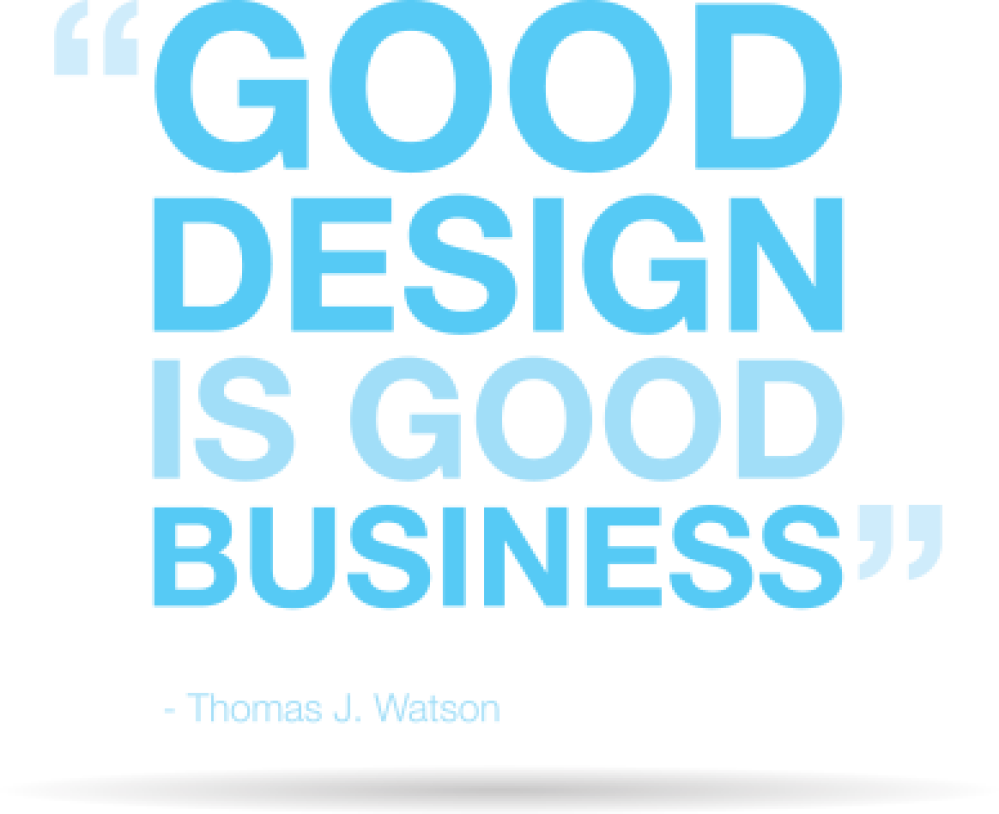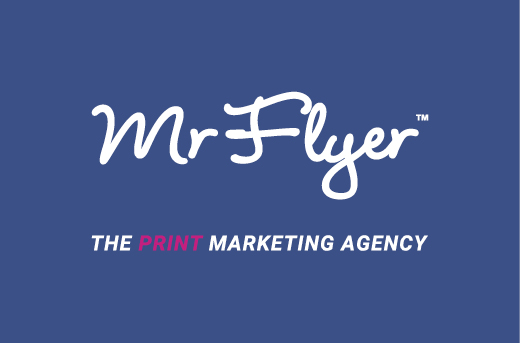Why Your Flyer Design Didn't Work!
15 Feb 2016

Having seen literally thousands of different leaflet designs, and wrote the brief for hundreds, it's generally pretty easy to distinguish an effective flyer from a no hoper. I'll run through the usual design failures first and follow it with how to design effectively.
1. Unprofessional artwork
Every so often we receive artwork produced on Microsoft publisher (or similar), which doesn't print well nor generally look good in the first place. Sometimes it may be produced on Photoshop or indesign, but not by a professional designer. An unprofessional design reflects on your business and can be counter productive.
2. Informational instead of actionable
A flyer design is supposed to immediately entice people to your product/service, not tell every little detail about everything you do. If there's too much text and no clear objective it will be overwhelming, and the viewer will lose interest. Instead, stick to one simple and clear message.
3. Dull images
If for instance, you own a garage, no one cares what your garage building looks like; it's not actionable nor interesting. Instead, an image of someone working on a car would tell the story of what you do much clearer. Choose strong images, and don't use many - one on the front and one on the back is generally best.
4. 'So what?' headlines
A headline such as 'I do personal training' is not actionable. Instead 'Want to get fit in your front room?' is. Headlines that are then followed by a sub headline such as 'Now you can with personal training where I come to you', work even better. If the headline isn't actionable the receiver won't act.
5. Lousy or non existent call to actions
Many flyers have no call to action on, which means there is no reason for someone to respond - people never respond to information. A call to action can be as simple as 'call for a free consultation', or it can be '25% off with this flyer' (and then put an expiry and terms with it). If you put 5% off or a discount on an obscure product/service you shouldn't expect a response.
6. Single sided
If you have a flyer always use both sides. The print cost difference is negligible but the returns are far greater. If you have a flyer land on your doorstep and it's blank, the chances are it will go straight in the bin. Use both sides effectively: the front to have the headline, eye catching image and call to action; and the back to give a bit more detail on your offering, along with contact.
7. Too big
Anything A5 upwards is generally too big. It doesn't fit through a letter box well and is too big for someone to keep hold of, or pin on their notice board. With so much space it's difficult to keep the design focused, making it too informational and complicated. Also the print cost is unnecessary and doesn't prove to bring in a greater return (though there are a few exceptions to this).
8. Too small
Always remember that some letterboxes are full of bristles, which makes life difficult for a distributor to get a tiny leaflet through. We recommend a minimum A6 sized flyer, however this is sometimes too small on a shared distribution, especially if another client goes against our recommendations and has an A4 flyer with yours.

Please login to comment.
Comments